Earl Spencer helps find shipwreck that changed the course of British history
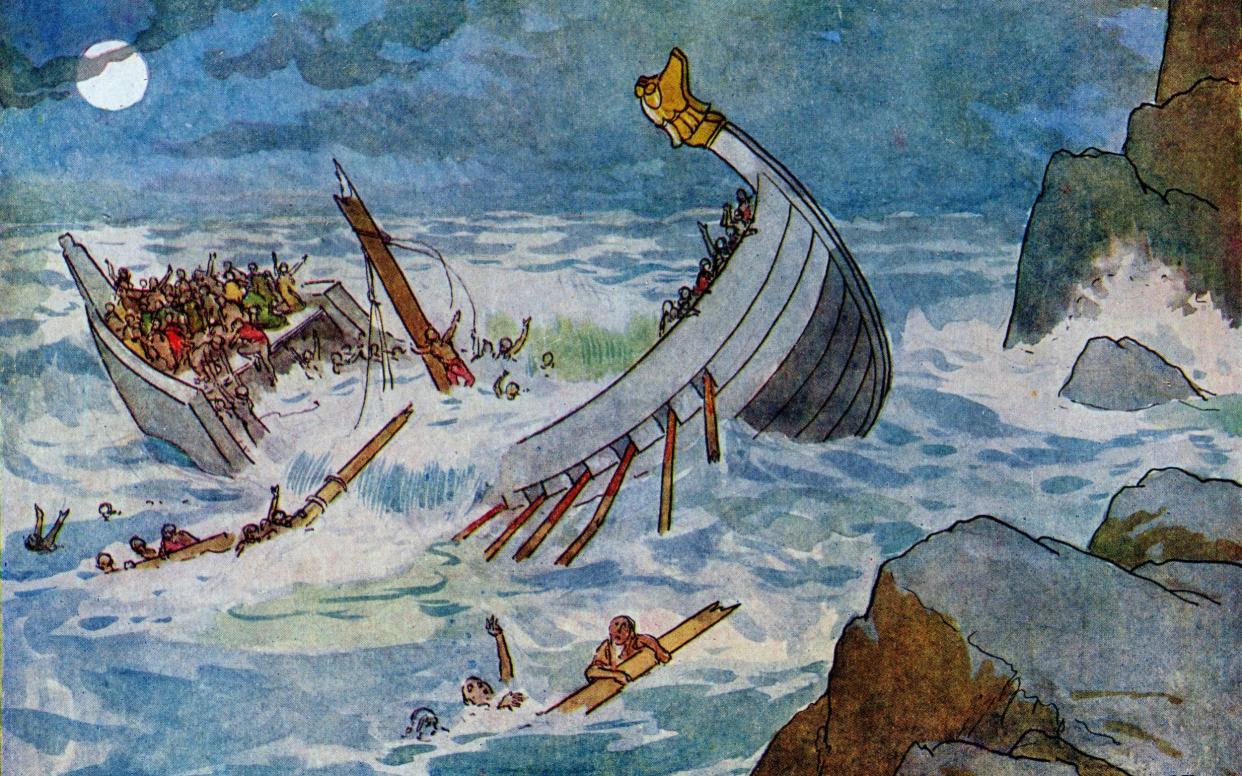
- Oops!Something went wrong.Please try again later.
- Oops!Something went wrong.Please try again later.
- Oops!Something went wrong.Please try again later.
The wreck of a ship which changed the course of English history – after it sank 900 years ago with the heir to the throne on board – it believed to have been located as part of a project backed by Earl Spencer.
The drowning of 17-year-old William Adelin, the only legitimate son of Henry I and grandson of William the Conqueror, cast a shadow that led to generations of unrest known as the Anarchy, according to the historian Charles Spencer, who has written a best-selling book on the White Ship.
Earl Spencer, brother of Diana, Princess of Wales, was part of an expedition that explored the site of the sinking a mile from the small port of Barfleur in Normandy on Tuesday.
Although it was known that the White Ship went down shortly after leaving Barfleur for Southampton in November 1120, it happened so long ago that little trace of the disaster is thought to be left.
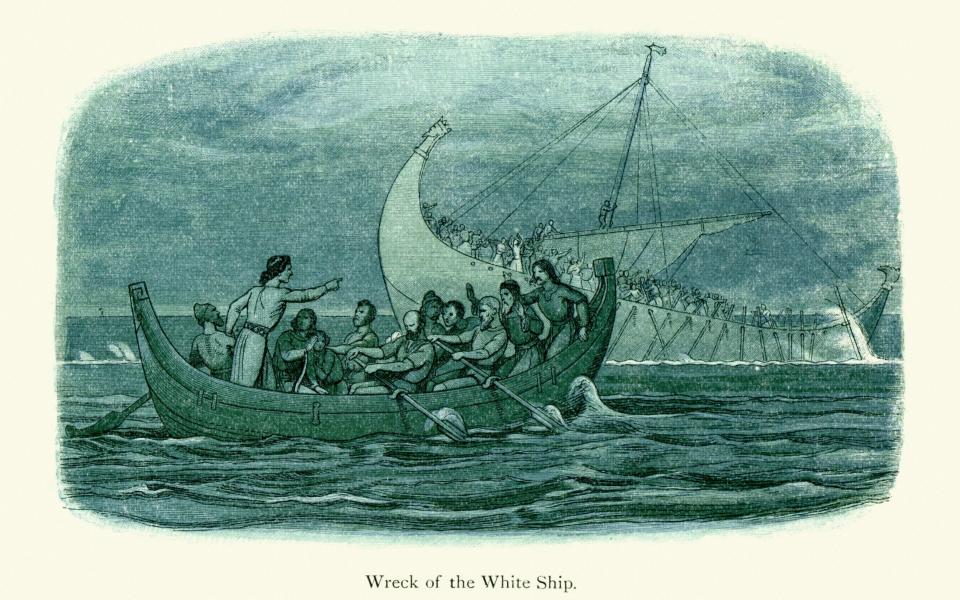
The team thought they were being optimistic looking for the cast iron rivets that once held the longship’s oak planks together.
What they discovered on the seabed in less than 10m of water may turn out to be a significant section of the hull of the 40m vessel, said Roger Michel, executive director of the Oxford-based Institute for Digital Archaeology (IDA), the expedition’s leader.
Braving powerful tidal currents, two divers from the IDA spotted a section of clinker-built hull on the seabed close to where the White Ship is known to have been wrecked.
Mr Michel said: “We had very good information provided by Charles about how long the ship was on the rocks before it sank and we’d done quite a bit of analysis of the currents in the area to work out where the debris field was likely to be. The currents there are very strong and the area where we searched was quite a way from the rock itself.
“The divers found a section of the hull of a ship built with exactly the kind of materials we were looking for – iron and bronze and wooden nails and so forth – in exactly the spot we thought we would find it.”
The divers, Giles Richardson and Holger Shuhmann, spent more than an hour on the seabed taking photographs but were careful not to disturb the site.
The White Ship was taking nobles back to England after four years campaigning in Normandy. Henry I had successfully campaigned to have his son William recognised as heir to both the English throne and the dukedom of Normandy.
Henry, who had his own boat, had set off earlier while the younger generation of aristocrats were busy emptying three vast vats of wine in preparation for the original booze cruise.
They left Barfleur around midnight, determined to catch up with Henry and beat him to Southampton. Those who waved them off heard the whoops and cheers reach a new crescendo shortly after departure, not realising the reason was they had just rowed into a rock at full speed.
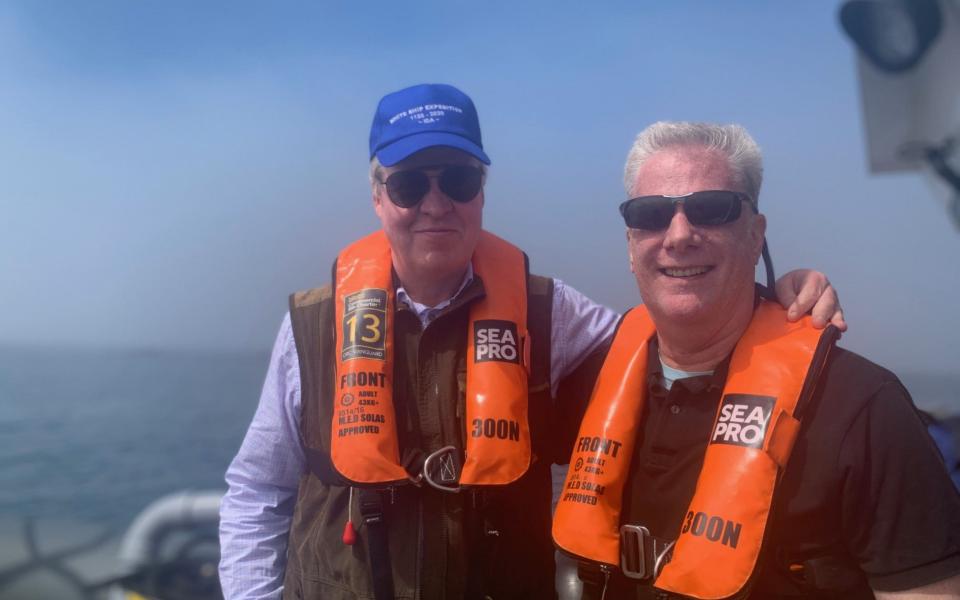
There was only one survivor, a butcher from Rouen, who was only on board to try to collect the money he was owed by the departing noblemen. William Adelin was put in a lifeboat by his bodyguards but insisted on returning to save his sister Matilda. The small boat was swamped by drowning passengers trying to save themselves and they all died.
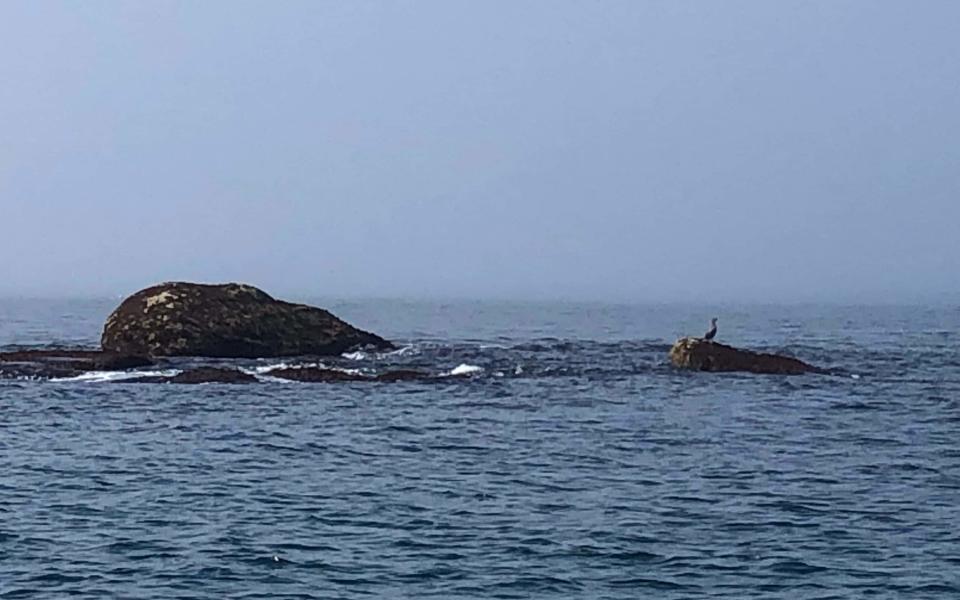
Berhold the butcher was saved because his coarse woollen garments provided some protection from the cold water as he clung to a piece of wreckage.
Mr Michel added: “We know the section we found is at least 13ft long but it goes under a large rock so it may be even longer. It’s a really exciting discovery. We can see it has all the right construction features for a ship of that age and there are no other recorded shipwrecks in that area.
“We didn’t have permission to remove anything so confirmation will have to await further research and excavation. All we know for sure is that we spent a lot of time calculating where we thought the wreck would be.
“We went there and at the place we calculated we would find it, we found the wreck of a ship that was built using construction techniques and materials consistent with the materials used for the White Ship. That’s as much as we say but for a first outing it’s pretty incredible.”
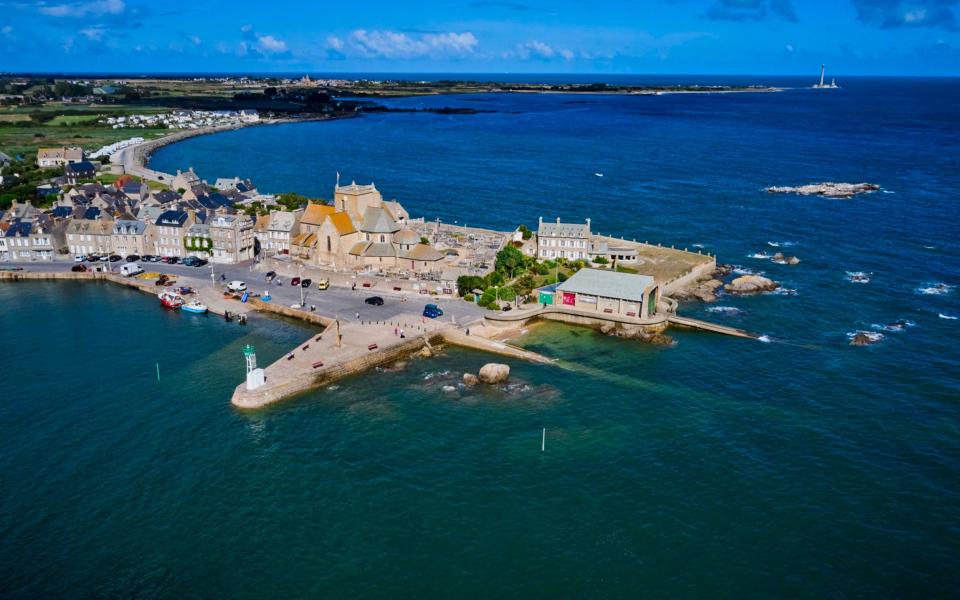
Earl Spencer, who hopes to join future expeditions to investigate the wreck, is still recovering from a frozen shoulder which prevented him from diving.
He said: “The divers had done research into what had gone down in that area but apart from a couple of French privateers further down the coast there was nothing of note. It’s extraordinary really. I had hoped we might find a trace of it but this really does look quite good.”
The White Ship was so called because it was painted white, the colour of celebration. It was one of the largest vessels of its kind ever built and resembled the Viking longships sailed by the ancestors of the Normans who settled in northern France.
The discoveries made by the expedition will help with construction of a replica of the White Ship and a replica of the Anglo-Saxon longship excavated at Sutton Hoo being sponsored by the IDA.
Alexy Karenowska, the IDA’s technical director, said: “It will provide a unique opportunity to expand our knowledge of construction techniques used in making these iconic vessels, including medieval smelting and forging techniques.”

